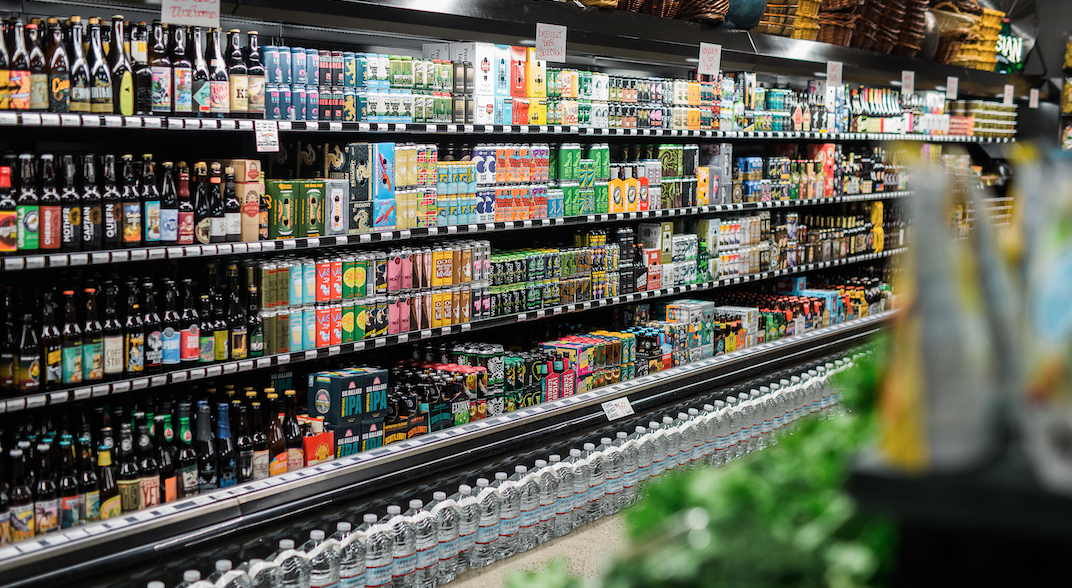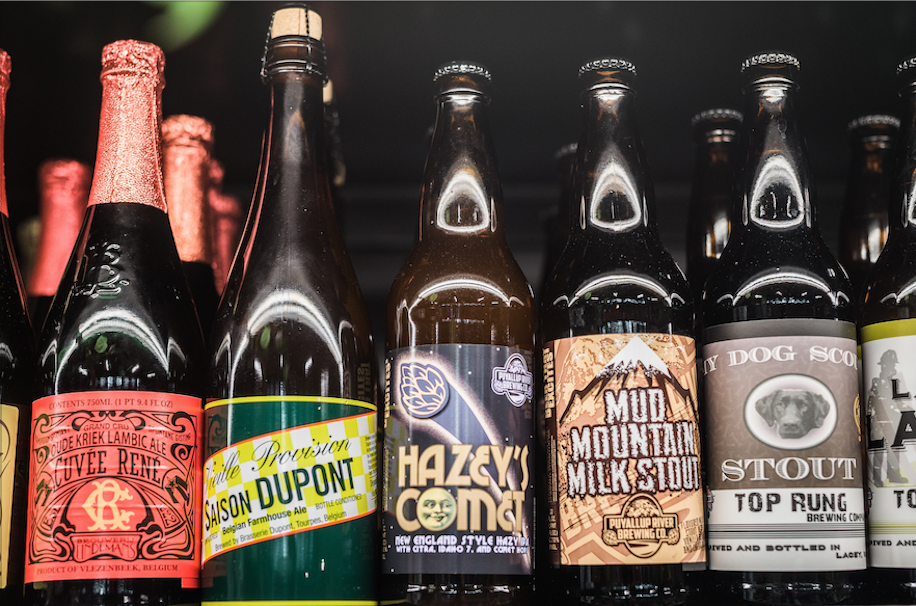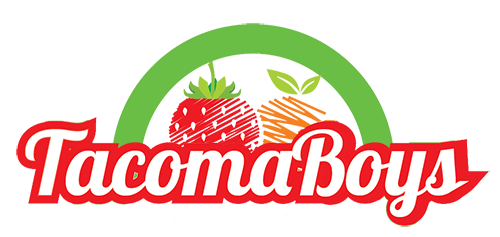

Drinking Dark in the PNW: A Specialty Beer Store Guide to Dark Beers
Dark beer can seem intimidating, but we have 4 reasons you should give it a try.
Dark beer can mean a lot of things. From England to Ireland, Deep Amber to Imperial Stout, dark beer has a history and mystique that make it seem unapproachable. We get to bust those myths today, and offer you a tasty world of malty goodness. So cozy up to the bar or your local specialty beer store in town and read along.
What’s the Difference? Type & Style
Ok class, hold on. This will get bumpy before it gets easy. There are two major distinctions in beer: type and style. While we are headed down the dark beer path, knowing all the roads is helpful.
Types of… Type
Whether brewing or ordering, knowing how beer is classified can save some headaches. Types of beer are generally determined by the yeast used in fermentation. Here’s the big boys of beer types: Ales, Lagers, Stouts, Porters, and Malts. So if you’re standing in the aisle, and you see those words, it’s simply a fermentation classification.
Style Matters
Style is an additional classification, and it can be an exhaustingly long list. So we’ve pared that down to the more common characterizations for popular beers: Amber, Blonde, Brown, Cream, Dark, Fruit, Pale, Red, Strong, Light, and Wheat. There are more styles, and even sub-styles within those, but let’s not go there today. We are just giving you the basic distinctions, where yeast and character (often color) help us break things down. So let’s look into the Dark Beers.
All Beer is Ale or Lager
I know. A big stunner, right at the start! Every beer starts out as a lager or ale, and then the brewmaster does what they do to impact the changes that create a new kind of beer. If we spoke biblically, we would say Ales begat pale ales, IPA, porters, stouts, and wheat and Belgian styles. Lagers begat pilsners, German Helles, and dark American lagers.
So all beer comes from two base beers. That ought to demystify some of the beer intimidation. If you still love that one cheap beer from college, great! You are now free to walk into your nearest specialty beer store and try their more expensive, less mass-produced cousins.


Dark Beer is Science, Not Strength
And as cool as all beer being related sounds, the coloring is pretty cool too. Stated simply, beer is just water, hops, malted grain, and yeast. And just like yeast fermentation determines beer type, color is caused by a chemical reaction called the Maillard Reaction. Basically, amino acids and reducing sugar combine under heat. That change creates a chemical reaction in the malt that darkens it and pulls toastier notes (caramel, coffee, chocolate, etc) of flavor. If we are being super technical, another chemical reaction, caramelization, is also kicking in as the sugar is breaking down under heat. Richer colors and aromas come from this process.
So as you try various types and styles of dark beer, if you find some you particularly enjoy, you’re actually just doing the best science project ever! We could go on and on about how science impacts great brewing, but let’s just go ahead and debunk the myth that dark beer means stronger beer.
Strong Beer is ABV, not Color
Any beer can have a high Alcohol by Volume (ABV). As we just mentioned, color is formed by a chemical reaction that may impact taste, but it has no impact on strength or alcohol content. Interestingly, before stout beer was its own style, it did refer to alcohol content in any kind of beer. Guinness, a stalwart in stout beer today, once featured a Stout Pale Ale simply referring to a stronger pale ale than the market average.
So how does beer get a larger alcoholic content? Well, that’s more science. Short answer? The more sugar used in the fermentation process, the higher the ABV.
If you’re concerned with too much ABV in your beer selections, do not go by look. Just read the label. But a quick word of warning for anyone reading this outside of Washington State: ABV labeling is regulated at the state level, and not all states require it. In fact, some states (we are looking at you New York) prohibit labeling alcoholic content. But labeling is required in Washington, so you’re good to go at your local Tacoma Boys!
Dark is Relative, But Here’s a Cheat Sheet
Dark beer for some, just means stouts and porters. But we are going to widen that net, as you voyage out. This quick list of beer styles will start at medium colors and move to darkest. Click the links to see the beer we’ve selected from Washington State’s best beer options!
English Style Bitter/ESB – Red Hook ESB; Imperial Pale Ale – Bottomcutter IIPA; Amber Ale – Archtop Amber; Brown Ale – British Bronze Brown Ale; Porter – Total Disorder Porter; Oatmeal Stout – Dark Star; Baltic Porter – Global Mutt; & Imperial Stout – The Rusty Nail
If I were you, I’d try all of these. ‘Best’ is so relative, but these are excellently brewed dark beer options and they’re local. But if we still haven’t assuaged your dark beer fear, we have one final tip.
Talk. To. A. Pro.
If you want to get better at a sport, you hire a coach. If you want better grades, you get a tutor. So if you want a fail-safe method for finding the right beer, find a beer specialist. Unfortunately, not every bartender knows beer. They pour, but they don’t brew, buy, or have to explain it. So what you really want is a Barak (pronounce it like barrack) Zozoski, and Tacoma Boys has one of those! He’s our resident beer expert, and if you call our Lakewood location (H&L Produce), he will answer your every question. And if you find him in the store, he can walk you through the hundreds of beer options, and really help you digest everything we’ve discussed here.
So find yourself a beer genius at a specialty beer store, print or bookmark this article as a cheat sheet, and walk to the dark beer unafraid! It’s a worthwhile adventure, and you will be glad you did it.


1 Comment
I am a huge fan of dark beer, but I had no idea what I didn’t know!! This article makes me want to take some days of work and go on my own little beer safari!!
Thanks for the info!!
Comments are closed.